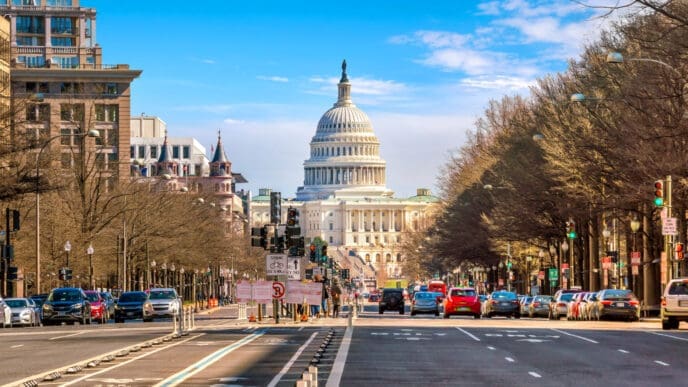The recent presidential election highlighted a significant shift in the labor movement’s influence among working-class voters. Despite sustained efforts by Democrats, notably by President Joe Biden, to support organized labor, former President Donald Trump made substantial gains among blue-collar union members, particularly those without a college degree. This development raises concerns for Democrats as they confront growing distrust within these communities.
Exit polls conducted by Edison Research and the AP VoteCast survey reveal that Trump significantly improved his standing among unionized non-White workers lacking advanced education. Meanwhile, Kamala Harris, who ran strongly among college-educated union members, struggled to retain the blue-collar vote entrenched in labor unions.
Ted Pappageorge of the Culinary Workers Union in Las Vegas noted that Democrats were seen as disconnected from working-class issues. While Biden reportedly delivered on his promise to be a pro-union president, the perception still favored Trump in addressing economic concerns like inflation.
Randi Weingarten, president of the American Federation of Teachers, agrees that Trump was compelling to many union members due to economic challenges, despite Democrats’ policy implementations favoring labor. This sentiment was mirrored by polling data showing Trump’s performance among non-college union members surpassed expectations.
In comparison to Biden’s performance in 2020, Harris lost considerable ground among union households. While she improved among college-educated voters, she faced a decline among non-college White voters and Latinos. This pattern was consistent in key states, highlighting the educational polarization within union ranks.
John Brabender, a Trump campaign advisor, attributes the shift to a combination of economic concerns and cultural changes that resonated strongly with blue-collar voters. This was evident in states like Michigan, Pennsylvania, and Wisconsin, where Harris’ support among non-college Whites in union households was insufficient to secure victory.
Union leaders acknowledge the challenges posed by the diminishing role of unions as social hubs within communities. As public sector unions grow increasingly female and college-educated, private sector unions, often male-dominated and non-degree holders, trend towards supporting Trump.
Despite Biden’s pro-labor achievements, Trump managed to capture the support of many non-college union members. His administration capitalized on economic grievances and cultural shifts, overshadowing Democratic accomplishments.
For Democrats, Trump’s success among working-class union voters marks a critical challenge. Addressing economic issues and recognizing cultural influences are vital to reconnecting with this key voter demographic.
The shifting landscape within the labor movement poses a significant challenge for Democrats. While President Biden’s administration has sought to strengthen ties with unions, the results of the recent election suggest that cultural and economic factors remain decisive. As Trump prepares for his second term, the ability to regain trust among working-class voters will be crucial for Democratic aspirations in future elections.
Source: CNN













